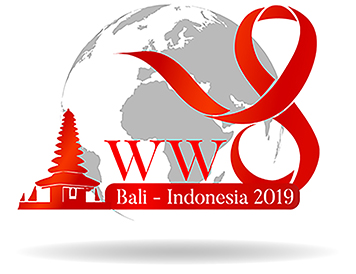Merry Annisa Damayanti1, Ria N. Firman2, Indra Gunawan1, Norlaila Sarifah1, Alongsyah Zulkarnaen1, Aga Satria Nurrachman1, Fadhlil Ulum A. Rahman1, Yurika Ambar Lita2
Dentomaxillofacial Radiology Residency Program, Padjadjaran University, Bandung, Indonesia
Department of Dentomaxillofacial Radiology, Faculty of Dentistry, Padjadjaran University, Bandung, Indonesia
Abstract
Objective: The aim of this study was to analyse the mandibular cortical bone index between HIV infected children and adolescents based on panoramic radiographs.
Methods: This study involved a cross-sectional analysis of a total of 43 panoramic radiographs of HIV infected children and adolescents. The value of mandibular bone cortical index measured with mandibular cortical index (MCI) and mandibular cortical thickness measured with the antegonial index (AI) using a digital callipers on the panoramic radiographs. The MCI was calculated based on the appearance of the cortical border of the mandible distal to the mental foramen. Categories of MCI is C1 (normal cortex), C2 (mildly to moderately eroded cortex), and C3 (severely eroded cortex). The AI is the measurement of the mandibular cortical thickness measured on the line perpendicular to the mandibular cortex at the intersection with the tangent line to the anterior border of the ramus (normal value > 3.2mm). These two categories were analyzed statistically using chi-square test.
Results: The results showed that 88.4% of the samples were classified in the C2 category from the MCI analysis, which had cortical morphological forms with mild to moderate erosion, and most were found in boys (39,5%). In the AI analysis it was found that 76,7% of the samples had values below normal (<3,2 mm), of which the majority were boys (48.8%) and the statistical test had a p value of 0.000 (p<0.05) indicating significant association.
Conclusions: Based on this research, it can be concluded that there is significant association of lowered cortical thickness through AI analysis in the group of boys with HIV.
Keywords: HIV-infected children and adolescent, panoramic radiographs, mandibular cortical index (MCI), antegonial index (AI)


